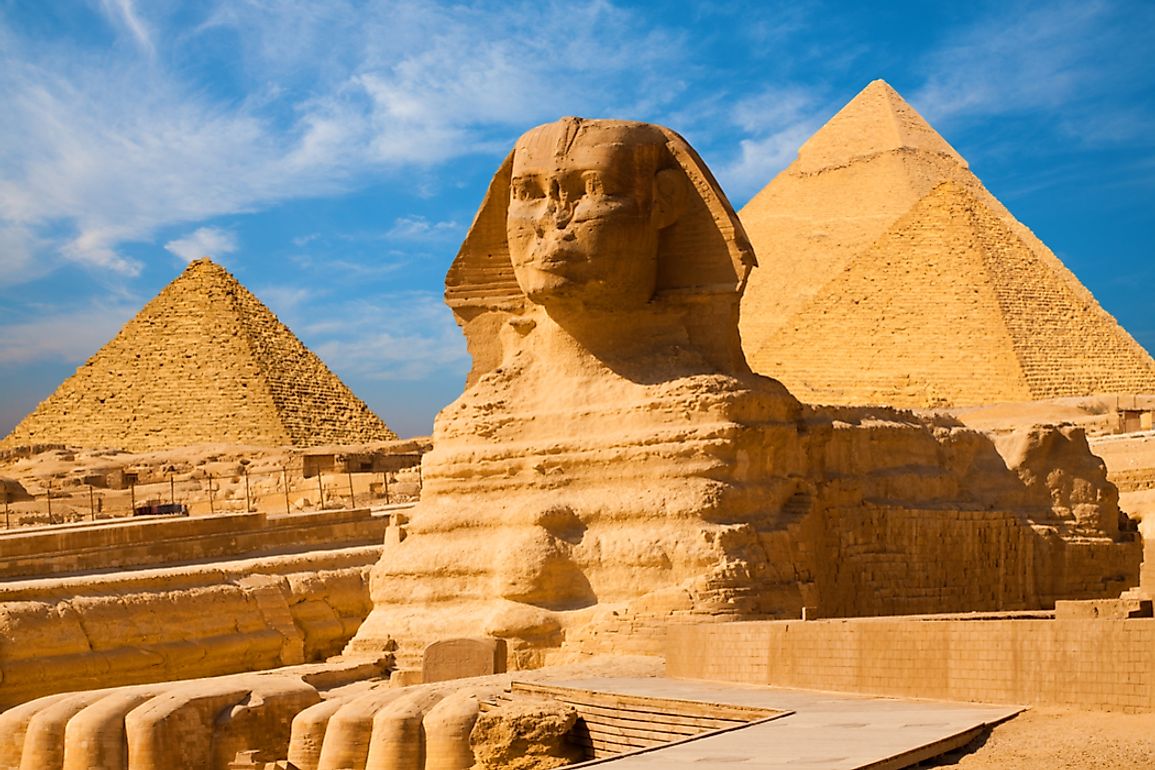
Great Sphinx of Giza
The ancient Egyptians built in Giza a distinctive masterpiece that was unique in its huge size,
which is one of the largest sculptures in the world, as it reached a length of seventy-three
meters while its height reached twenty meters, and it is surprising that it was carved from a
single piece of solid limestone, and this huge masterpiece is a statue with the body of a lion. And the head of a king, and this statue is known as the Sphinx.
The devastation caused by the years can be seen on the Sphinx. Large parts of the body were eroded, the face was disfigured, and the nose was missing. Napoleon’s army was accused of causing some of this destruction.
It is believed that they threw artillery shells at the nose of the statue, and there are those
who believe that there were religious motives behind this. One of the Sufis distorted the statue as an objection to idolatry.
Who built the Sphinx?
Historians and scholars agreed on the greatness of the statue and the creative mindset behind its construction.
However, they differed over the identity of the person who ordered its construction. Some attributed the period in which this statue was built to the era of King Khafre,
While others saw that the brother of King Khafre, who tried to control the throne after the death of King Khufu, was the one who did so.
The most correct opinion among the Egyptian scholars is that Khafre is the pharaonic king for whom the statue was built .
The mystery of the naming
The mystery of naming the Sphinx by this name is still a subject of confusion and
disagreement between historians and researchers in the history of ancient Egypt.
The famous Egyptian scientist (Salim Hassan) explained the use of this name on the statue
as a deity worshiped by a Canaanite tribe that came from Harran and settled in the Giza plateau there.
Others saw that the name had gone through a series of distortions of the word (Horon)
absolute for one of the Canaanite gods until it eventually became (Hol), then it turned into
(Hol) and preceded it with (Abu), and there are those who returned the name to the original
word from which it was derived, which is ( Baju), which in Egyptian means lion
